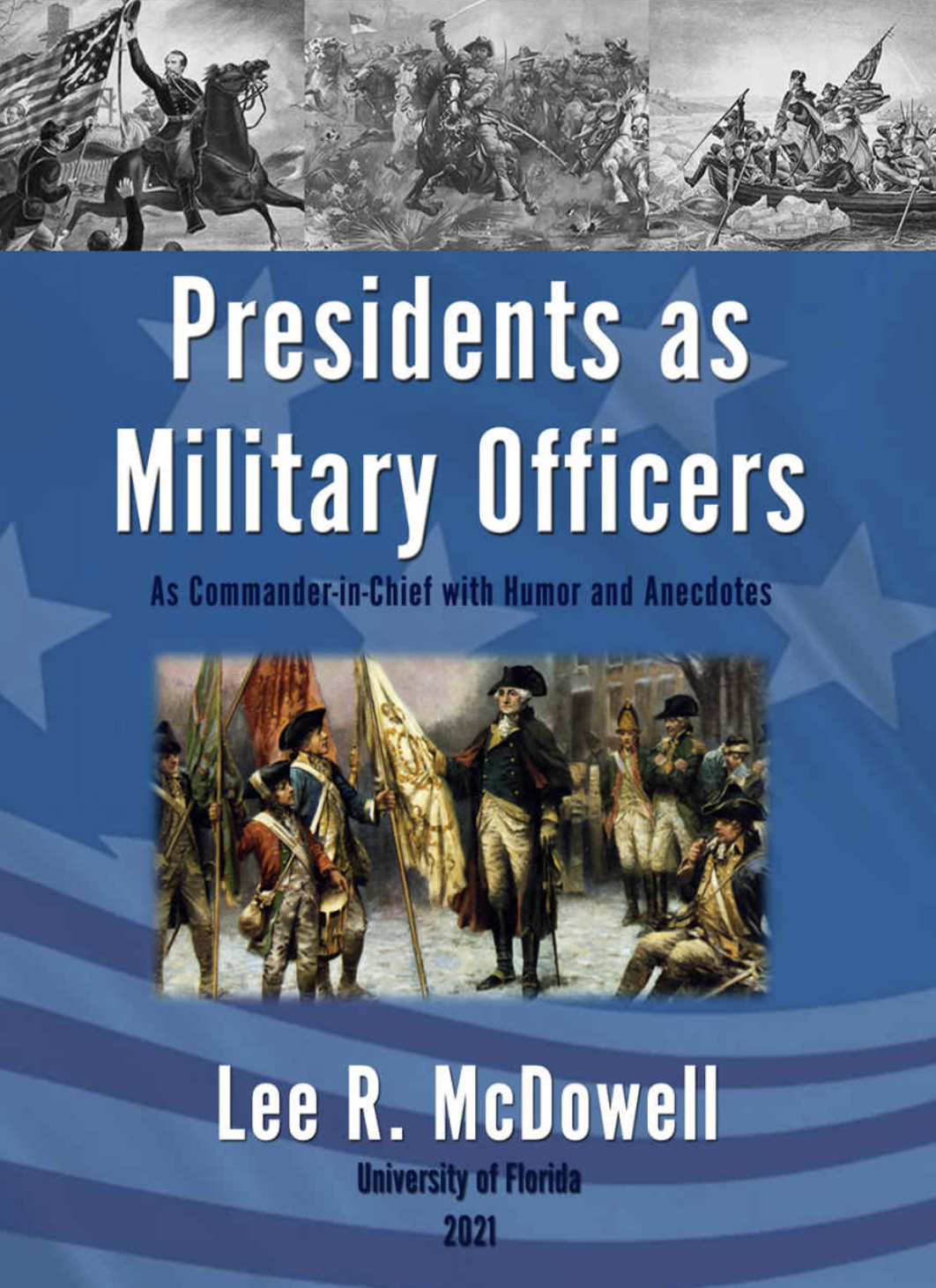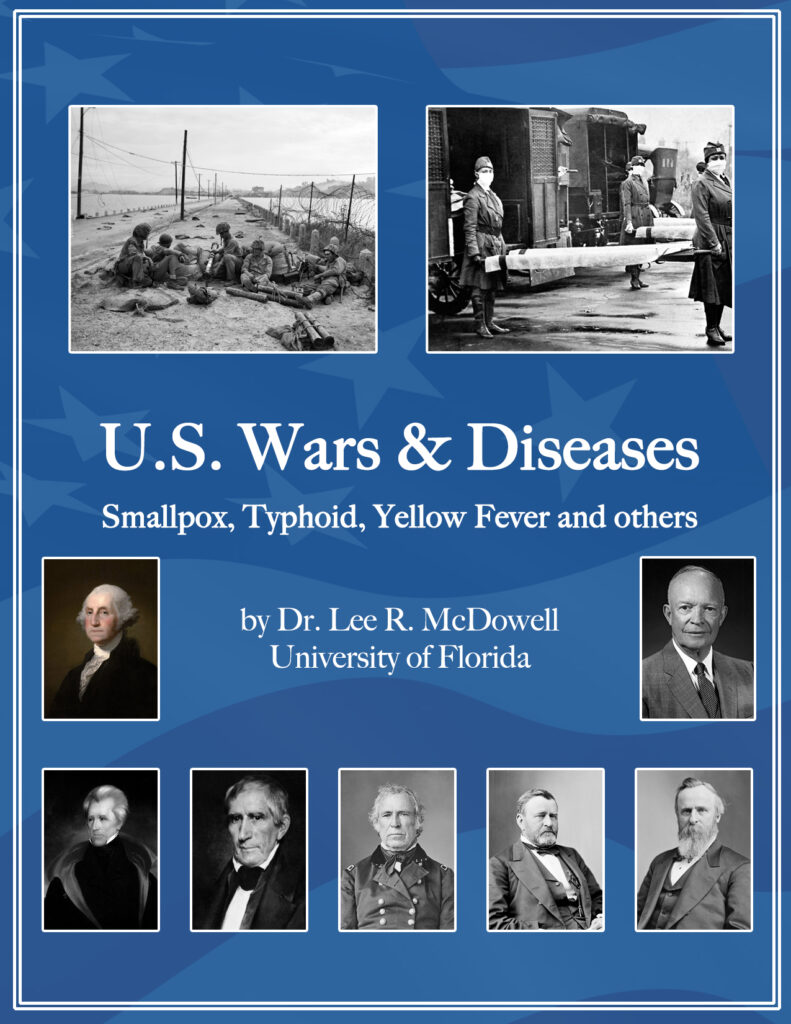U.S. Wars & Disease: Smallpox, Typhoid, Yellow Fever and others
During wars throughout American’s history, disease killed many more than enemy bullets or bombs. Throughout American’s first 145 years of war, far more of the country’s military personnel perished from infectious disease than from enemy action.
This enduring feature of war was finally reversed in World War II, chiefly because of major medical advances in prevention (vaccines) and treatment (antibiotics). Safeguarding the health of a command is indispensable for the success of any campaign. Disease and combat morality data from America’s principal wars (1775-present) fall into two clearly defined time periods: the Disease Era (1775-1918), during which infectious diseases were the major killer of American’s armed forces, and the Trauma Era (1941-present), in which combat-related fatalities predominated.
Buy the book
This book is for those interested in history; history of U.S. wars and history on the advances of medicine. Therefore, those in the military and those in the medical fields may be interested. The book is available as an eBook or soft cover.

About the author
Dr. Lee R. McDowell
Lee has a love for American history. He is the 12th direct descendant from three Mayflower Passengers in 1620. His 4th great grandfather fought important battles in the American Revolution and his great grandfather was very active in the Civil War.
Books by Dr. McDowell

The Presidents, Humor, Events and Morality
A major emphasis of this book is presidential humor and the humorous situations they were placed in.

Presidents as Military Officers
This book describes the military activity prior to the presidency as well as their Commander-in Chief decisions.

Vitamin History, The Early Years
The book contains 10 chapters and traces each vitamin from an unidentified factor to its discovery and synthesis
